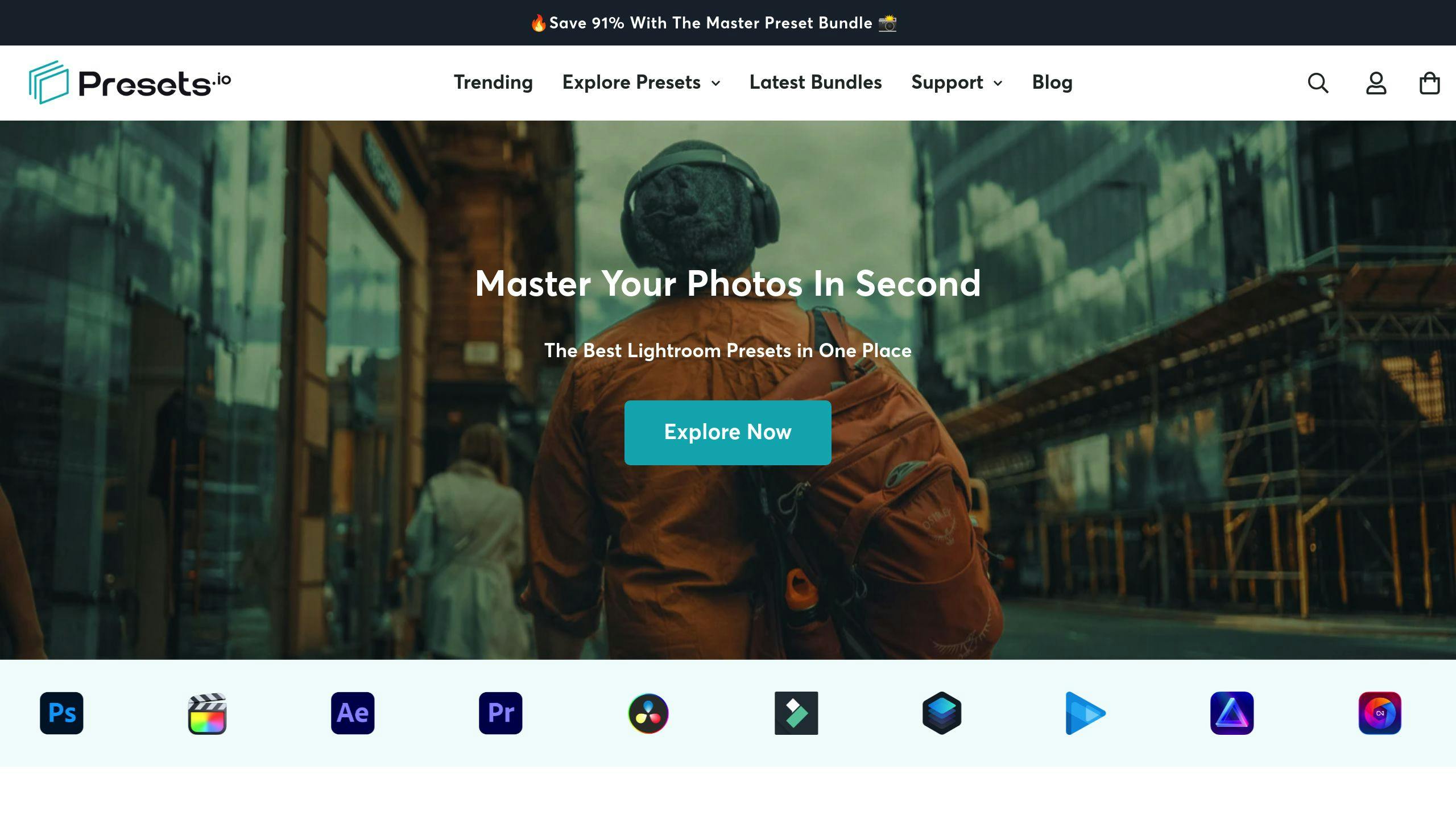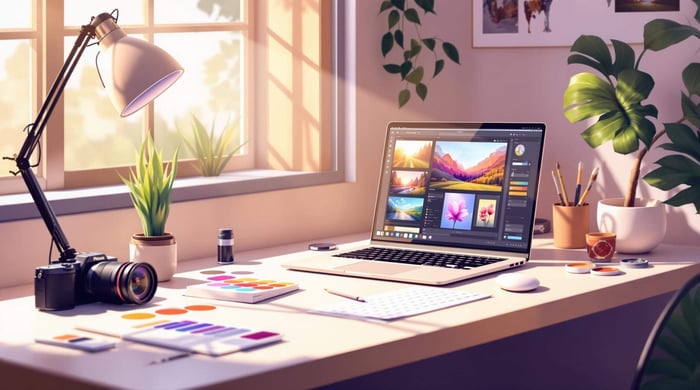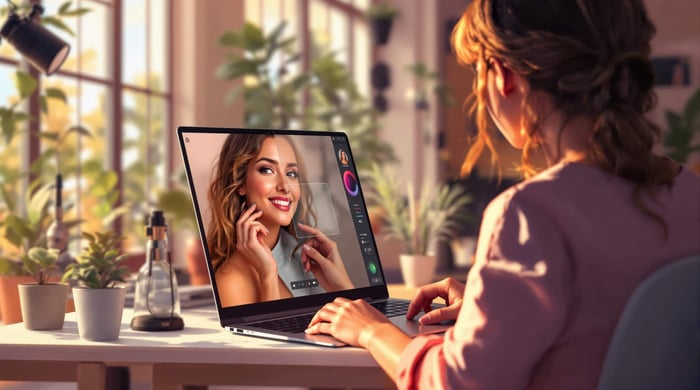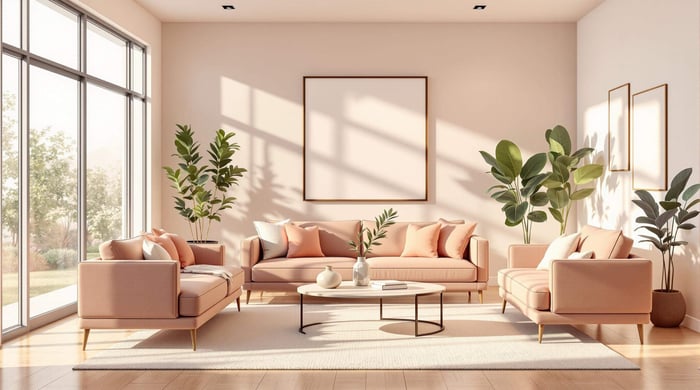5 Common Mistakes When Using Presets (And How to Avoid Them)
Presets are great for speeding up photo editing, but they’re not a one-click solution. Misusing them can lead to generic or unnatural results. Here’s how to avoid the 5 most common mistakes:
- Relying Too Much on Presets: Use preset/s as a starting point, not the final edit. Always customize them to match your style and the unique qualities of each photo.
- Skipping Basic Edits: Fix exposure, contrast, and white balance first. Presets work best on properly adjusted images.
- Overusing Saturation and Vibrance: Avoid unnatural colors by making subtle adjustments and using tools like HSL sliders for precision.
- Overlooking Details: Fine-tune sharpness, clarity, and noise reduction to ensure polished, high-quality results.
- Inconsistent Edits Across Photos: Maintain a cohesive look by adjusting presets for lighting and subject differences in a photo series.
Key Tip: Preset/s are tools, not shortcuts. Customize and refine them for professional, consistent edits that align with your artistic vision.
5 Editing Mistakes That Make Your Photos Look Amateur
1. Relying Too Much on Presets
Many photographers fall into the trap of expecting presets to be a quick fix that magically transforms their images. While presets can help speed up your editing process, relying on them without making adjustments often results in edits that feel generic and fail to reflect your personal style.
Presets as a Starting Point
Think of presets as a base layer for your edits, not the final touch. Each photo is unique - factors like lighting, the subject, and composition all play a role in how a preset impacts the image. Applying a preset with just one click might save time, but it usually leads to edits that lack depth or originality. Customizing the preset ensures your photo stays true to your creative vision.
Adjusting Presets to Match Your Style
Instead of using preset/s as shortcuts, treat them as tools to refine your work. Simply stacking or blindly applying preset/s can result in images that look overly processed or unnatural.
"Presets aren't meant to be one-click solutions; they require tweaking to fit your style."
- Jessica Vickers [2]
To make presets work for you, focus on understanding the adjustments they make - like brightness, contrast, and color tones. If a preset alters specific elements, such as skin tones, take the time to fine-tune those settings in Lightroom to achieve the look you’re going for [2].
Choose a few preset/s that align with your aesthetic, then tweak them for each photo. This method not only ensures consistency across your portfolio but also allows flexibility for different lighting conditions and subjects [1]. Customization is key to making your edits stand out.
After tailoring your presets, don’t forget to perform essential edits to bring out the best in your images.
2. Skipping Basic Edits
One common mistake photographers make is applying presets right away without addressing the basic edits first. Skipping these steps can leave your final image looking off, no matter how high-quality your presets are.
Start with the Essentials
Before diving into presets, focus on basic adjustments like exposure, contrast, and color corrections. If these are overlooked, presets can make issues like dark shadows or blown-out highlights even worse. Here's where to begin:
- Exposure: Make sure your photo isn’t too bright or too dark.
- Contrast: Create a balanced tonal range to avoid flat or overly harsh images.
- Color corrections: Fix any noticeable color issues, like unnatural tints.
Nailing White Balance
Getting the white balance right is key to making your edits look natural. Adjust it based on the lighting conditions:
| Lighting Condition | Suggested White Balance Setting |
|---|---|
| Daylight | Use a daylight setting (around 5500K) |
| Indoor Lighting | Correct for green or cool tones (3200K-4000K) |
Use the histogram to check your exposure and contrast levels before applying preset/s. This step ensures your edits remain balanced. A properly set white balance also helps preset/s work as intended, keeping skin tones and colors realistic.
3. Overusing Saturation and Vibrance
One common pitfall when using presets is pushing saturation and vibrance settings too far. While bold colors can make a photo stand out, overdoing it often leads to images that look unnatural and overly processed - far from professional.
Keeping Colors Balanced
To maintain natural tones, focus on subtle and precise adjustments. Instead of applying a heavy-handed global saturation boost, use the HSL sliders (Hue, Saturation, Luminance) to tweak individual color channels for better control.
| Adjustment | Best Practice |
|---|---|
| Saturation | Adjust in small increments (5-10%) |
| Vibrance | Focus on enhancing muted tones |
| HSL Sliders | Refine specific colors for accuracy |
Different types of photography call for different approaches. For instance, landscapes might benefit from slightly more saturation, while portraits require careful handling to preserve lifelike skin tones.
Using the Histogram to Guide Edits
The histogram is a valuable tool for keeping tones balanced and avoiding oversaturation. Watch for uneven peaks or gaps in color data, which can signal overediting. Pay close attention to the right side of the histogram to ensure you're not losing important color details.
To achieve a polished look, start with subtle preset adjustments and refine specific colors using the HSL sliders. This method helps maintain the natural essence of your images while still allowing for creative enhancements. By controlling saturation and vibrance, you can avoid edits that feel artificial and instead create photos that look both striking and professional.
Once you've nailed the color balance, you can shift your focus to the smaller details that truly make your images stand out.
4. Overlooking Details in Edits
Using preset/s can sometimes lead to focusing too much on the overall appearance while ignoring smaller tweaks that are key to achieving polished, high-quality images. Fine-tuning elements like sharpness, clarity, and noise reduction often makes the difference between a professional-looking photo and one that falls flat.
Sharpening Without Overdoing It
When sharpening your image, it's important to adjust the settings carefully to avoid unwanted artifacts or halos. Start with these guidelines:
- Amount: Set between 25-30% for a balanced look.
- Radius: Keep it between 0.5-1.5, depending on the level of detail in your image.
- Detail: Aim for 15-25% to enhance texture without overemphasizing imperfections.
For portraits, use the Masking slider to protect smoother areas like skin. Always zoom in to 100% when reviewing your edits to ensure the results look natural and not overprocessed.
Tackling Noise Without Losing Texture
Digital noise, especially in low-light or high-ISO photos, can ruin the quality of your image. To minimize noise while keeping important textures intact, follow these steps:
- Luminance Reduction: Start with a range of 10-30 to smooth out noise without losing too much detail.
- Color Noise Reduction: Apply more generously, around 25-50, to eliminate unwanted color specks.
- Detail Slider: Use this to recover fine textures and ensure the image retains a natural look.
Pay attention to the type of photo you're editing. For instance, landscapes can handle stronger noise reduction, while portraits require a lighter touch to preserve skin texture.
After refining these details, focus on maintaining a consistent look across all images in your series for a cohesive result.
5. Inconsistent Edits Across Multiple Photos
Using preset/s can be incredibly helpful, but applying them unevenly across a series of photos can disrupt the overall flow. This is especially noticeable in projects like wedding albums or landscape collections, where a unified look is essential.
Keeping Edits Aligned in a Photo Series
To maintain a polished and unified appearance, aim for consistency while still respecting the unique qualities of each photo. Focus on these key elements:
- Color temperature: Match white balance settings for similar lighting conditions to avoid jarring shifts.
- Exposure levels: Keep brightness and contrast uniform across the series.
- Color grading: Apply similar adjustments to Hue, Saturation, and Luminance (HSL) for a harmonious palette.
For photos taken in varying environments, adapt your edits to complement the mood. For example, adjust white balance and exposure to handle cooler tones in morning shots or warmer tones in evening images.
Fine-Tuning Presets for Batch Editing
Batch editing with tailored preset/s can save time while ensuring a consistent look. Start with a master preset that reflects your desired aesthetic, then tweak it to account for:
- Differences in lighting between shots
- Variations in subject matter
- Environmental conditions
- Camera settings like ISO and aperture
Always review full-size images during batch edits, especially if lighting conditions change significantly within the series. A quick check can help you catch inconsistencies before finalizing your edits.
Consistency doesn’t mean making every photo look identical. The goal is to create a visual story that feels cohesive while celebrating the unique aspects of each image. By paying attention to these details, you’ll produce professional-quality collections that leave a lasting impression.
Using Presets.io for Quality Presets

Let’s talk about how high-quality preset/s can streamline your editing process. Presets.io offers expertly designed preset/s for various photography styles, along with resources to help photographers avoid common editing errors. With detailed guides and tutorials, integrating these preset/s into your workflow becomes straightforward.
What makes Presets.io stand out is their well-rounded approach to using preset/s. They offer collections tailored to specific photography needs, such as improving skin tones for portraits or enhancing dynamic range in landscapes. Each preset includes clear installation instructions and practical tips, making it easier to achieve consistent, polished results.
Here’s how to make the most of Presets.io preset/s:
- Select a preset that complements your photography style.
- Adjust the settings to fit the specific needs of your image.
- Build a consistent editing workflow around these preset/s.
The platform emphasizes both technical precision and practical use, helping photographers refine their editing skills without sacrificing speed. By focusing on customization and education, Presets.io ensures users avoid common issues like over-editing or inconsistent results.
Using tools like Presets.io allows you to balance efficiency with creativity, ensuring your final edits showcase your artistic vision while maintaining a professional finish.
Conclusion
By avoiding these five common mistakes, you can make the most out of preset/s while keeping control over your editing process. Knowing when and how to use preset/s effectively sets apart amateur edits from professional-quality results.
Experienced photographers understand that preset/s are just one part of a well-rounded editing approach. When you build manual editing skills alongside preset use, you can streamline your workflow without losing creative control. Every photo is unique – what works for one might require adjustments for another.
To achieve professional results, it's crucial to recognize both the strengths and limitations of preset/s. This awareness allows photographers to refine their editing process, using preset/s as tools to enhance their style rather than define it. Focus on mastering key editing techniques while incorporating preset/s thoughtfully to bring your creative ideas to life.
The goal isn’t to abandon preset/s but to use them intentionally within your workflow. By blending technical skills with artistic judgment, you’ll produce images that stand out for their quality and consistency. Thoughtful preset use, paired with a personalized editing approach, can help you create photos that truly represent your artistic vision.



.png)



